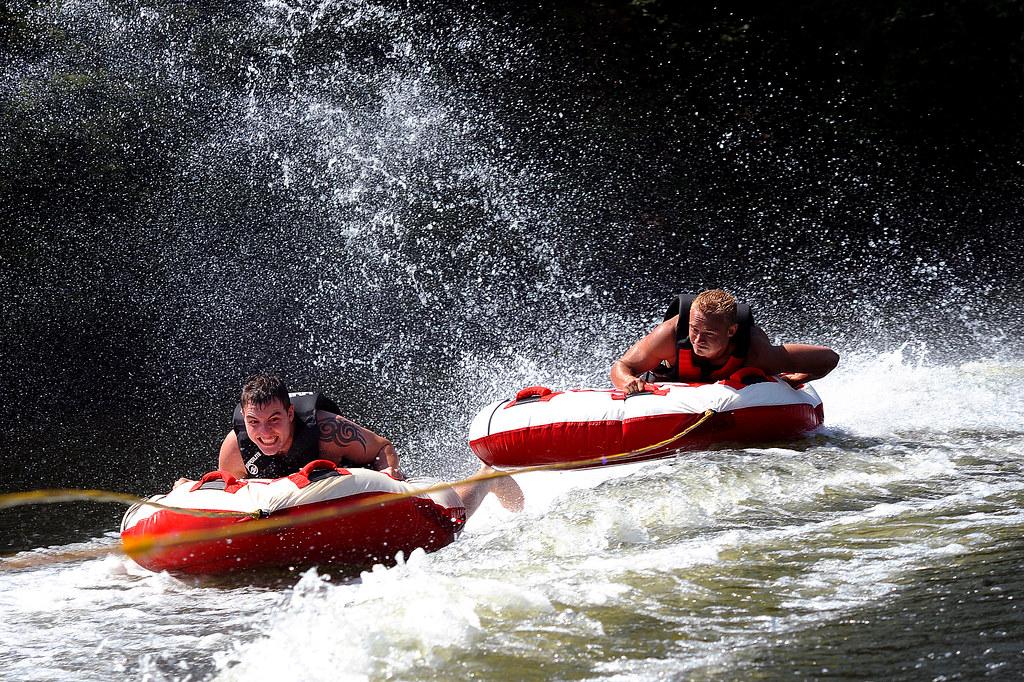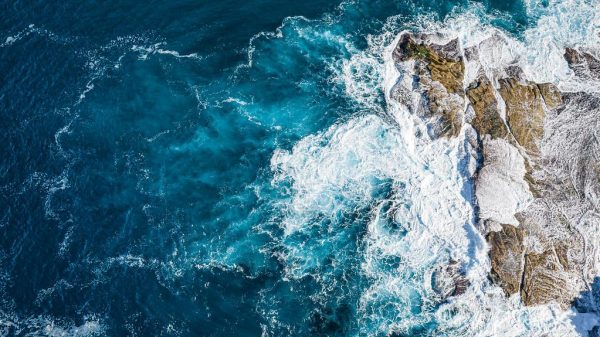In recent years, the extreme sports industry has witnessed a surge in popularity, captivating the imaginations of thrill-seekers and spectators alike. From heart-stopping base jumps off towering cliffs to the adrenaline-fueled chaos of motocross, these sports offer an intoxicating blend of danger and exhilaration. However, as the industry expands and evolves, an increasingly pressing question emerges: Is the extreme sports industry promoting a culture of excessive risk? This inquiry delves into the complex interplay between innovation, personal freedom, and societal responsibility, challenging stakeholders to consider the fine line between pushing human limits and recklessly endangering lives. By examining industry practices, media portrayals, and participant motivations, this article seeks to provide a comprehensive analysis of whether the pursuit of extreme sports is fostering a perilous mindset that prioritizes spectacle over safety.
Evaluating the Thrill: Understanding the Allure and Dangers of Extreme Sports
Extreme sports have surged in popularity, captivating thrill-seekers with the promise of adrenaline-pumping experiences. While these sports offer unparalleled excitement, they also present a complex web of risk and reward that both participants and the industry must navigate. Critics argue that the extreme sports industry may be fostering a culture that glorifies excessive risk-taking. This is evident in marketing campaigns that often highlight the most dangerous aspects of these activities, enticing individuals to push their limits without always considering the potential consequences.
The industry’s role in shaping this culture is multifaceted. Some of the driving factors include:
- Media Representation: Media coverage often sensationalizes the most perilous stunts, creating an allure around the danger itself.
- Community Influence: A tight-knit community of enthusiasts may unintentionally pressure newcomers to take on more risk to gain acceptance.
- Technological Advances: Innovations in gear and equipment can sometimes give a false sense of security, encouraging participants to attempt more hazardous feats.
While the thrill of extreme sports is undeniable, the industry must strike a balance between celebrating adventure and ensuring the safety of its participants. This involves not only responsible marketing but also fostering a culture that values preparation, skill development, and respect for personal limits.

The Role of Media in Shaping Perceptions of Risk in Extreme Sports
In the world of extreme sports, media plays a pivotal role in framing how risk is perceived by both participants and the general audience. Through a combination of sensationalized storytelling and visual dramatization, the media often amplifies the thrill and danger associated with these sports, sometimes overshadowing the skill and preparation involved. This portrayal can lead to a skewed perception that heightens the allure of risk-taking, encouraging a culture where pushing limits is seen as a badge of honor. The media’s focus tends to spotlight spectacular accidents or near-misses, creating a narrative that suggests extreme sports are inherently perilous, even if statistical evidence might tell a different story.
Moreover, the media’s influence extends to shaping societal attitudes towards risk in extreme sports through various channels:
- Highlight Reels: Media outlets frequently curate highlight reels that showcase the most daring feats, often omitting the meticulous planning and safety measures involved.
- Influencer Culture: Social media influencers often portray extreme sports as thrilling escapades, further glamorizing risk without always providing a balanced view.
- Advertising: Brands capitalize on the excitement associated with risk, creating advertisements that associate their products with adrenaline and adventure.
These media portrayals can inadvertently promote a culture where taking excessive risks is celebrated, potentially influencing individuals to partake in activities without fully understanding the dangers involved. As such, there is a growing responsibility for media platforms to present a more nuanced narrative that balances excitement with education on safety and preparation.

Balancing Safety and Adventure: Strategies for Reducing Hazards in Extreme Sports
In the world of extreme sports, the thrill of pushing boundaries is often juxtaposed with the very real need for safety. Achieving this delicate balance requires strategic measures that reduce hazards while preserving the essence of adventure. Implementing comprehensive training programs is crucial. Athletes must be equipped not only with the physical skills but also with a deep understanding of the potential risks and the necessary precautions. This includes understanding weather conditions, terrain challenges, and equipment maintenance.
Utilizing technology also plays a pivotal role in enhancing safety. Innovations such as advanced protective gear, real-time monitoring devices, and emergency response systems can significantly mitigate risks. Community engagement and education further strengthen safety efforts. By fostering a culture of awareness and responsibility among participants, organizers, and spectators, the industry can promote informed decision-making. Key strategies include:
- Regular safety audits and risk assessments.
- Encouraging open communication channels for reporting hazards.
- Developing emergency protocols and conducting drills.
Promoting Responsible Participation: Recommendations for Industry Stakeholders
To cultivate a culture of safety and sustainability within the extreme sports industry, stakeholders must embrace a proactive approach to risk management. Event organizers should implement comprehensive safety protocols that include regular equipment inspections and mandatory safety briefings for participants. By collaborating with safety experts, they can ensure that the standards set are both rigorous and effective. Sponsors and brands have a pivotal role in promoting responsible participation by endorsing athletes and events that prioritize safety over sensationalism. Encouraging the use of protective gear and supporting educational campaigns can further reinforce this commitment.
Industry associations and governing bodies must also step up to enforce regulations that prioritize participant welfare. Creating standardized guidelines for risk assessment and emergency response can help mitigate potential hazards. Media outlets and content creators should focus on showcasing stories of skill, preparation, and innovation rather than glorifying dangerous feats. By shifting the narrative towards responsible participation, these stakeholders can foster a more sustainable and respected extreme sports culture. Through collective effort and strategic action, the industry can balance the thrill of adventure with the imperative of safety.










